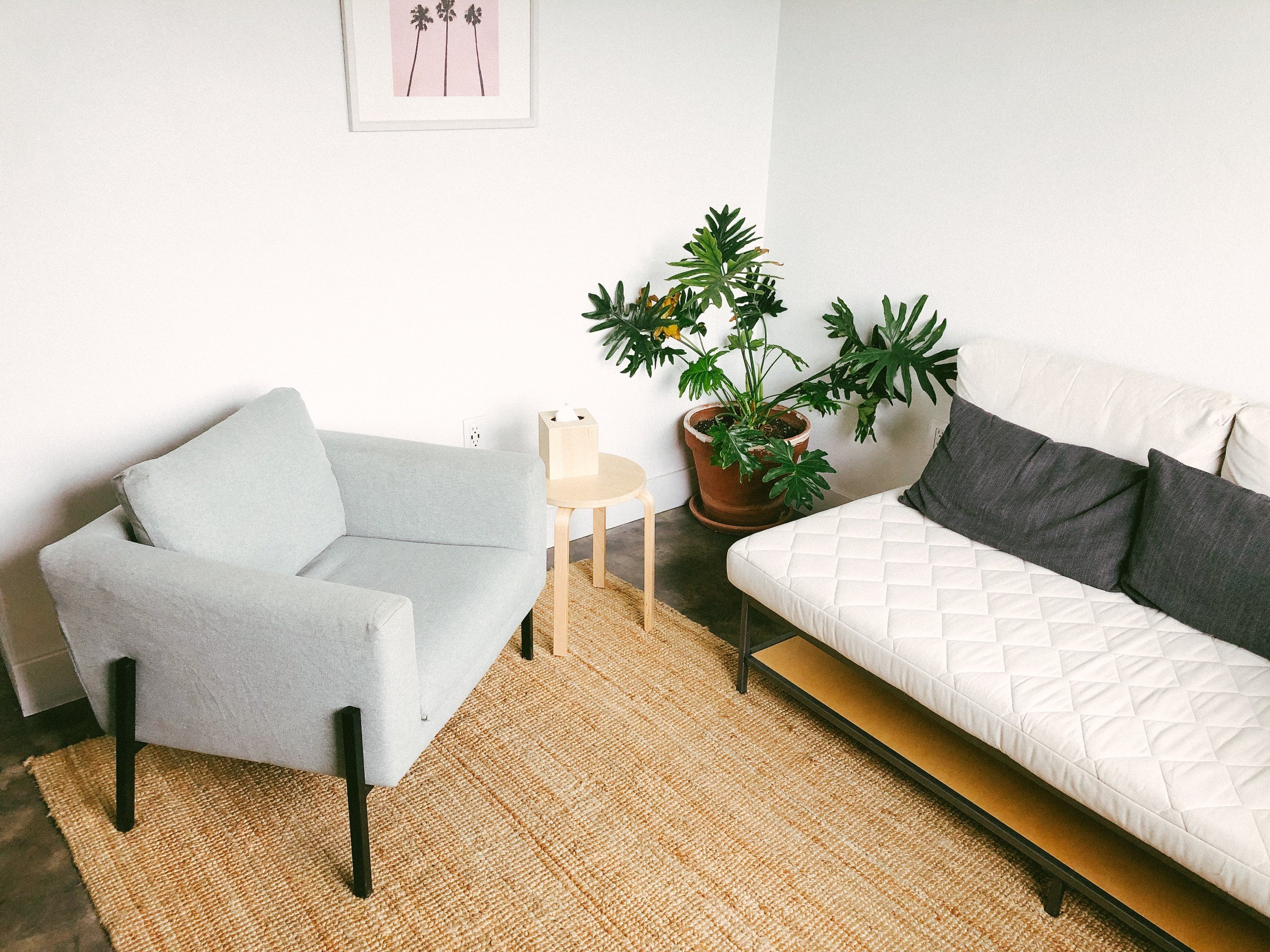Space and Beauty & its Impact on the Way We Feel
It is well known that spending time outdoors is good for us: the sights, sounds, smells, and the feel of nature all have a large impact on us, and on the way that we feel. In recent years, we know this to be true in the ways that architects, city planners, and interior designers alike are working to revitalize our cities, and breathe life back into well-worn buildings and streets, and into the places that we call home.
How the environment can impact you
The environments in which we spend our time can either increase or reduce our stress, leading to feelings of anxiety, sadness, or helplessness, which in turn impacts our bodies. What we experience on a momentary basis not only influences our mood, but also how our nervous, endocrine, and immune systems are working. However, the beauty of a pleasing and well-designed environment can reverse these effects.
The growing field of environmental psychology seeks to understand how and why our environment impacts us, how we can leverage that knowledge to our advantage, and what we can do to improve our relationship with the world around us.
What factors create our environment?
This psychology of space has begun to take up residence in the minds of those designing spaces intent to heal. We now know as a fact what we once knew intuitively: that the way light enters a room, the colors we choose for our floors and walls, and even the shape and texture of our furniture and accessories all work together to influence how we feel and how we perform, both on a conscious and subconscious level.
Of course, as humans, we have an innate awareness of our surroundings and seek out environments with certain qualities, namely those with a sense of safety and security balanced with physical and psychological comfort.
Our sense of these qualities stems from the interaction of the following elements:
Light
Space
Color
Shape
Texture
Artwork
In addition, our experience of our living spaces also includes sounds, aromas, and sensations.
Space designed with healing in mind
The word healing finds its origin in the Anglo-Saxon word haelen, which means “to make whole.” Through harmony of mind, body, and spirit, and attention to these details, we know that recovery is possible for those who are seeking.
At Peace Club, we take environmental considerations to heart, and have truly designed a space with healing in mind. We understand deeply how the interaction of environmental elements play out in a treatment space, and with attention to light, color, shape, and yes, even our artwork, we strive to create an environment that will encourage healing.
We believe in:
Space that facilitates interactions. For example, we believe that maintaining an inviting space with comfortable chairs and privacy can encourage clients to stay and interact with one another, thus forging deeper relationships, within, and even outside of treatment hours.
A minimalist environment’s influence on peoples' behavior and motivation to act. For example, disorganization by staff and clients alike will invite others to contribute to the mess, whereas clean lines, minimal mess and adequate storage, structure, and organization will encourage all to take the time to care for their space.
Incorporating natural light influences mood. For example, the results of several research studies reveal that a strong connection to the natural environment enhances emotional well-being and alleviates feelings of social isolation, helps suffering individuals focus their attention, regulates mood, and releases tension in an environment conducive to relaxation.
4. Art can inspire curiosity and a sense of wonder. Whether photography, paint, typography, or music, expressions of beauty and creativity trigger new thoughts, memories, desires, and even feelings of meaning and purpose. In short, we believe highlighting art and beauty in our offices is another way to communicate and engage with clients in an intentional way.
What about you? What do you think is necessary in a space designed for healing?


